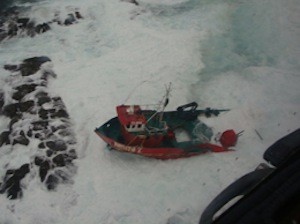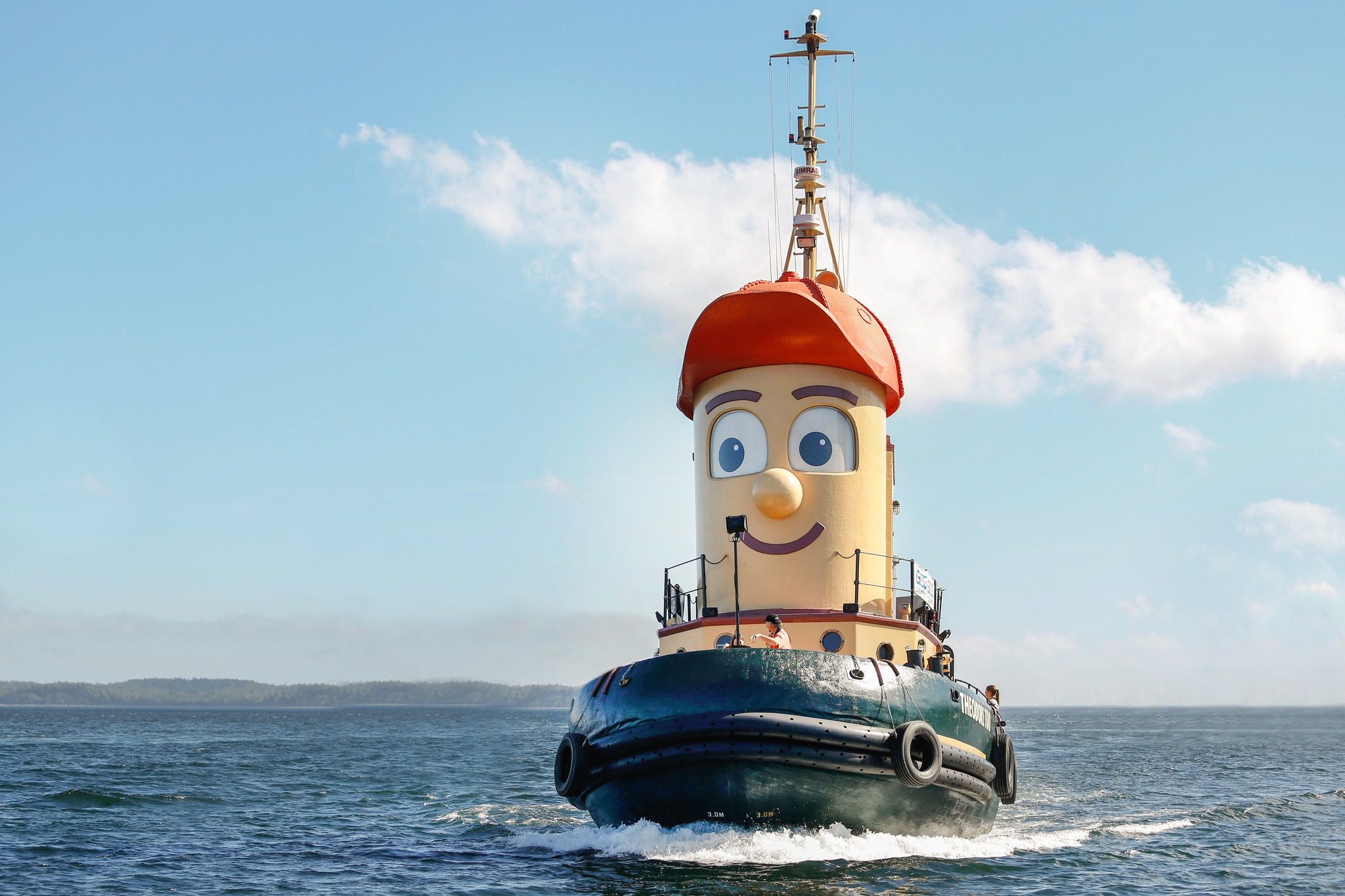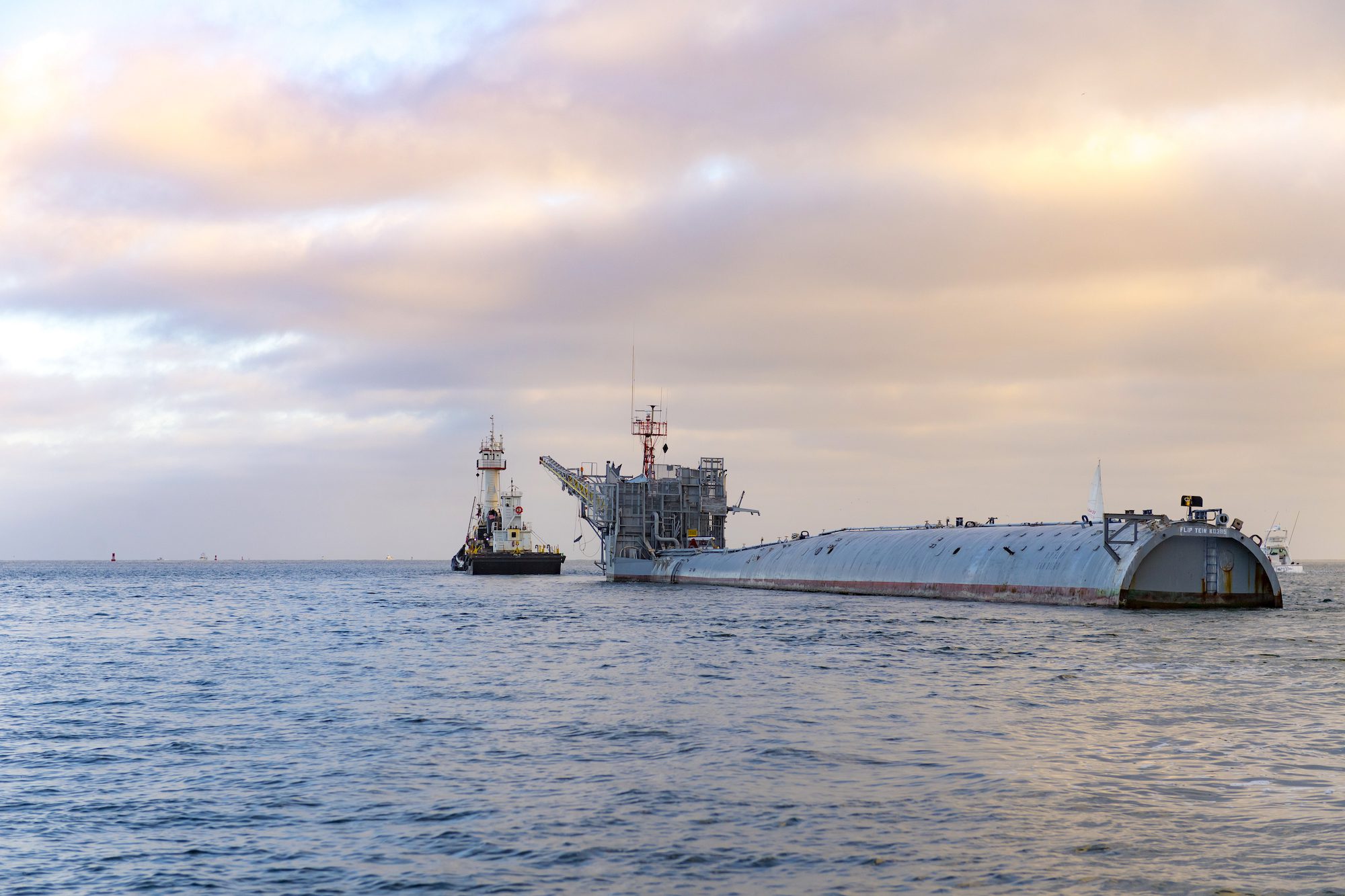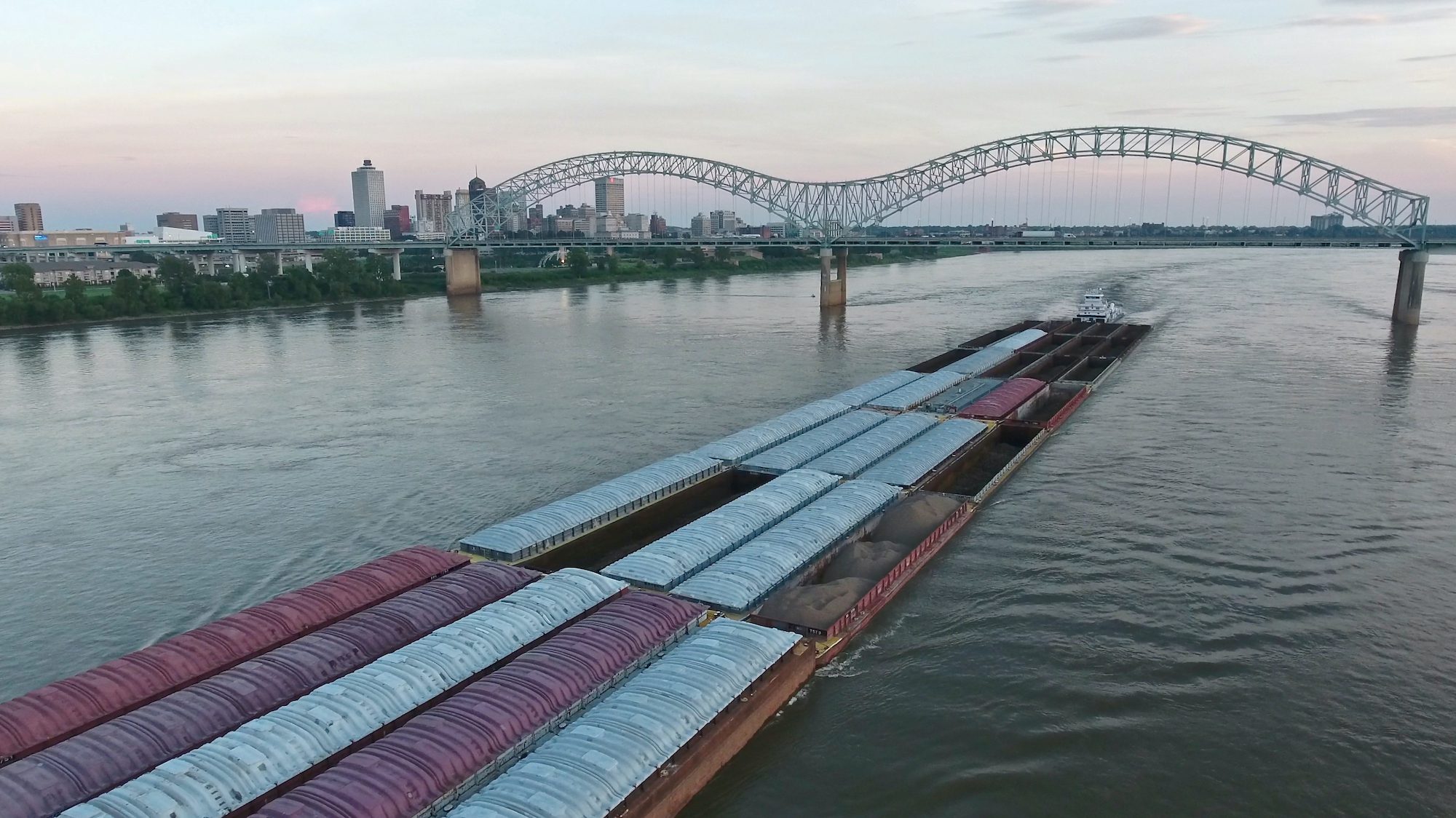The Rosita V up against the rocks at Locos Islet
The International Maritime Organization has announced that the coveted 2012 Award for Exceptional Bravery at Sea Award has been awarded to Canadian and Chilean rescuers involved in two separate rescues at sea.
The IMO Council chose the award recipients during the 108th session held from June 11-14 at the organization’s London headquarters.
During the session the council decided that the award for Exceptional Bravery at sea will go to Master Corporal Max Lahaye-Lemay, Master Corporal Marco Journeyman, and Sergeant Janick Gilbert, posthumously, for their role in rescue of two Inuit hunters stranded in the arctic waters of Northern Canada. All were of the Royal Canadian Air Force’s 424 Transport and Rescue Squadron and were nominated by the Government of Canada. In addition, the award was given to Mr. César Flores Flores, a rescue swimmer in the aerial detachment of the Chilean Navy, for his role in the rescue of seven crewmembers of the Rosita V in stormy conditions. Mr. Flores was nominated by the Government of Chile.
The IMO provides us with the background of the rescues that led to the awards, starting with the rescue of the stranded Inuit hunters:
Sergeant Janick Gilbert (posthumously), Master Corporal Max Lahaye-Lemay and Master Corporal Marco Journeyman were nominated for saving the lives of two Inuit hunters, who were stranded in an open boat in icy waters near Igloolik, Nunavut, in freezing temperatures, strong winds and 20 to 30 foot (six to nine metre) swells, during an operation that lasted five hours, in October 2011.
424 Squadron was initially deployed to investigate the situation. The two hunters were found in a liferaft which had filled with cold water. They had stopped communicating by radio. Despite the adverse and extremely dangerous conditions, team leader Sergeant Janick Gilbert decided that a parachute jump was required. The sun had already set, leaving just 30 minutes until full darkness. Sergeant Gilbert, Master Corporal Max Lahaye-Lemay and Master Corporal Marco Journeyman parachuted from an aircraft from a height of some 2000 feet (around 600 metres) above their calculated release point. Master Corporal Lahaye-Lemay was able to swim to the raft where he provided assistance to the men until recovered by helicopter approximately five hours later. Master Corporal Journeyman swam until he was exhausted but, realizing he could not close the distance to the raft, finally deployed his personal one-man life raft, until he, too, was recovered by helicopter. Sergeant Janick Gilbert landed furthest from the raft and was later found floating in the sea; upon arrival ashore, he was pronounced dead.
On the Rosita V rescue:
Mr. César Flores Flores was selected for his role as rescue swimmer in the operation to rescue the crew of the motor launch Rosita V, undertaken by the Chilean Navy aerial detachment from Puerto Montt, Fifth Naval Zone, at Locos islet, in extremely dangerous, stormy conditions.
In a northerly wind of 55 knots, and with gusts of 75 knots, low cloud, high waves and reduced visibility owing to heavy rain, the rescue helicopter located the launch stranded between two rocks. Large waves passed over the half-sunken launch, battering it against the rocks and causing it to shift abruptly. Despite the severe turbulence, the pilot managed to position the aircraft over the launch, at a safe height to avoid the engines being cut off by the breaking waves, and the rescue swimmer was lowered by winch.
Mr Flores Flores rescued seven survivors, wounded and suffering from hypothermia. As he began raising the last one from the deck, a wave caused the vessel to lurch and the winch cable became entangled with the HF antenna and the signal mast, endangering both the swimmer and the helicopter. But Mr Flores Flores was able to disentangle the cable and bring the last survivor up safely. After disembarking the crew members, the helicopter returned to the scene immediately to resume the search, using the last of its fuel. After recovering one lifeless body, the helicopter returned to refuel, took off again and recovered another body from the sea.
The Awards ceremony will take place at IMO Headquarters, on Monday, November 26, 2012, at the end of the first day of the ninety-first session of the Maritime Safety Committee (MSC 91).

 Join The Club
Join The Club











